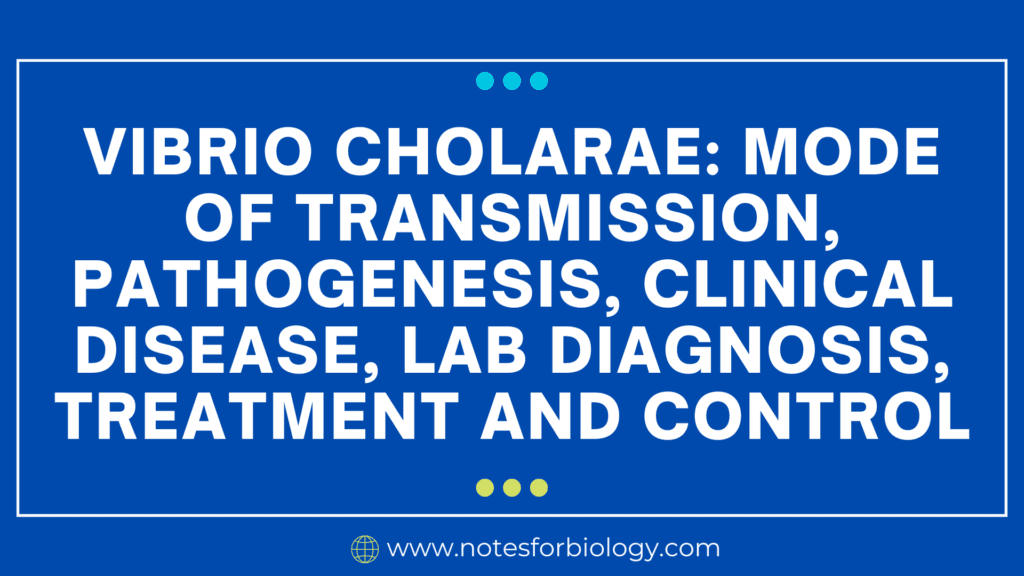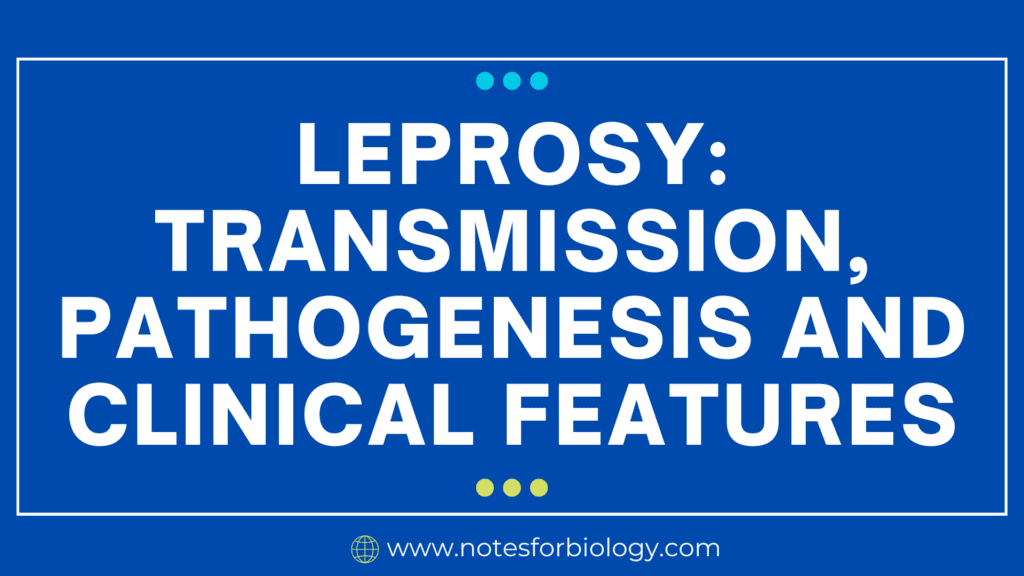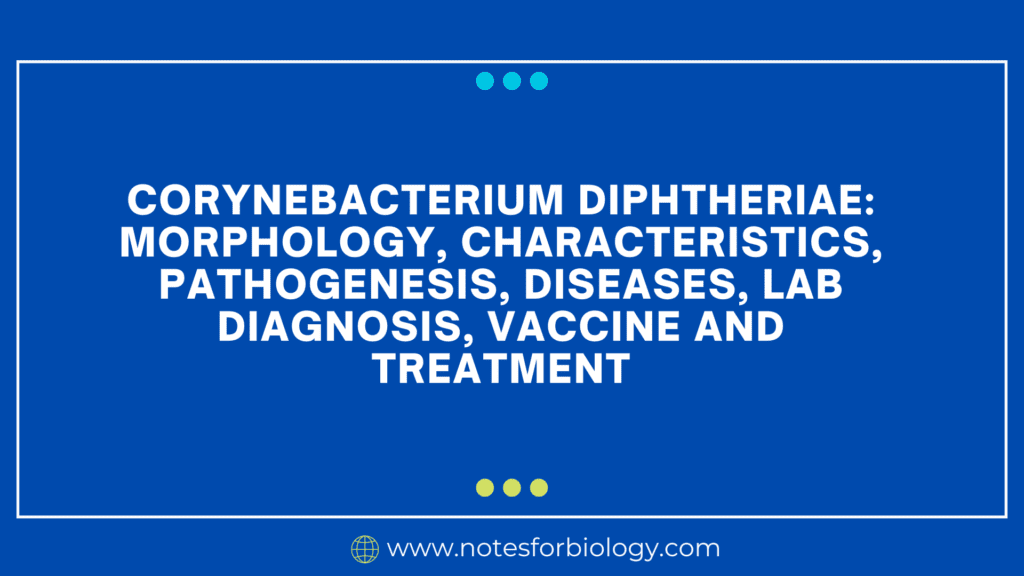What do you mean by Vibrio cholarae?

Vibrio cholarae is a bacterium responsible for cholera, a severe diarrheal disease. Here’s an overview of its transmission, pathogenesis, clinical symptoms, diagnosis, treatment, and control, in a more humanized format.
Table of Contents
Transmission
Vibrio cholarae is spread mainly through consuming water or food contaminated with the bacteria. This is more common in areas with poor sanitation and limited access to clean water. Outbreaks are often linked to overcrowded places, inadequate sewage treatment, or the consumption of raw seafood. The bacterium thrives in salty water environments like estuaries, and it can enter the human body through contaminated sources, where it quickly multiplies in the small intestine.
Pathogenesis

After ingestion, Vibrio cholarae binds to the small intestine’s lining using specific structures that help it adhere. Once attached, it releases cholera toxin (CT), the main factor responsible for the disease’s severity. This toxin consists of two parts: the B subunit attaches to intestinal cells, while the A subunit disrupts normal cellular functions. It triggers a chain reaction that increases cyclic AMP (cAMP) in the cells, disturbing their ion balance. This leads to a massive outflow of chloride and water into the intestines, resulting in the severe diarrhea associated with cholera.
Clinical Symptoms
Cholera is known for causing sudden, intense watery diarrhea, which can range from mild to very severe. In extreme cases, the diarrhea looks like “rice water” because it is pale and cloudy. The rapid loss of fluids—sometimes up to a liter per hour—can cause dehydration, shock, and death if left untreated. Some patients also experience vomiting and muscle cramps. While many people infected with cholera may have mild or no symptoms, severe cases can be deadly without immediate treatment. The disease has a short incubation period, typically between a few hours and five days.
Lab Diagnosis
While Vibrio cholarae is often diagnosed based on symptoms in areas where the disease is common, lab testing helps confirm it during outbreaks. A stool sample is usually tested by culturing it on special media like TCBS agar. Once the bacteria are grown, they can be identified using biochemical tests and serotyping, with V. cholerae O1 and O139 being the strains most linked to major outbreaks. Rapid diagnostic tests (RDTs) can also be used in some situations, though traditional lab methods remain more reliable.
Treatment
The main focus of Vibrio cholarae treatment is rehydration. Oral rehydration solutions (ORS) help replace the fluids and salts lost through diarrhea. In severe cases, intravenous fluids may be required. Early and aggressive fluid replacement is crucial to prevent fatal dehydration. Antibiotics like doxycycline or azithromycin may shorten the course of the disease, though they are secondary to hydration. Zinc supplements are also useful, especially in children, to help reduce the severity and duration of diarrhea.
Control and Prevention
Preventing cholera relies heavily on improving access to safe water and sanitation. Ensuring communities have clean water, effective sewage treatment, and safe food practices is key to preventing the spread. Public health education campaigns can help people understand how to protect themselves from cholera. In high-risk regions, oral cholera vaccines (OCVs) provide an extra layer of protection, and mass vaccination campaigns are often used to prevent outbreaks. During outbreaks, quick detection and treatment are crucial to containing the disease.

Summary
In summary, Vibrio cholarae poses a serious risk to global health, particularly in areas with limited sanitation and access to clean water. Preventing and managing the disease requires ensuring access to clean water, prompt treatment, and strong public health measures.
Frequently Asked Questions (FAQ)
What do you mean by Vibrio cholarae?
Vibrio cholarae is a bacterium responsible for cholera, a severe diarrheal disease. Here’s an overview of its transmission, pathogenesis, clinical symptoms, diagnosis, treatment, and control, in a more humanized format.
Define cholera toxin?
Cholera toxin (CT) is a potent protein toxin produced by Vibrio cholerae, the bacterium responsible for cholera. It is the primary factor causing the severe watery diarrhea characteristic of the disease.
Related Articles




